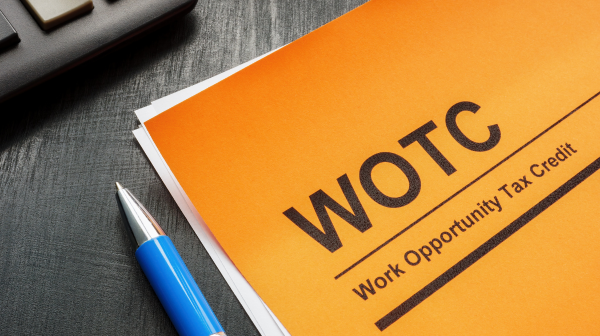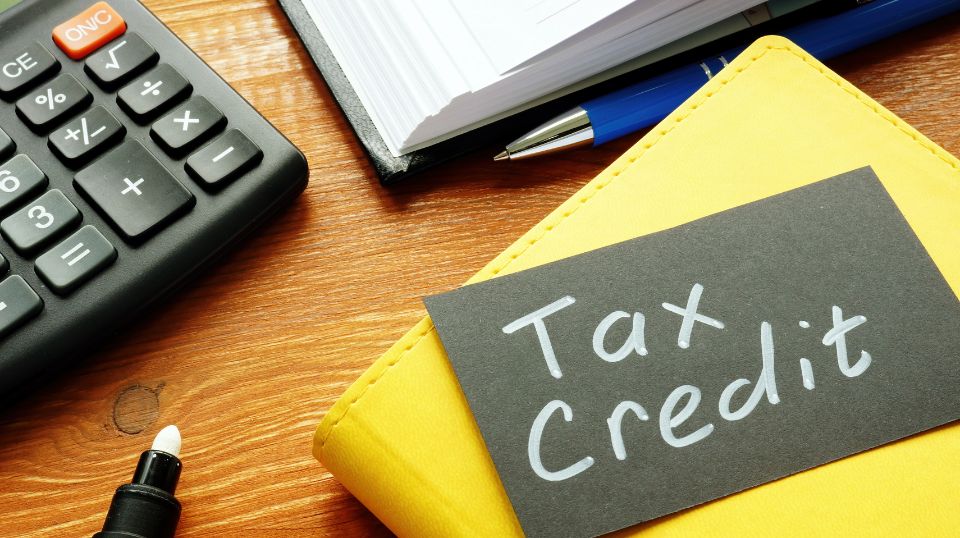 According to the Small Business Administration’s latest survey, there were approximately 30.2 million small businesses in the U.S. in 2018 with a total of 58.9 million employees. That means a majority of those small businesses were run by just one person, maybe two at the most.
According to the Small Business Administration’s latest survey, there were approximately 30.2 million small businesses in the U.S. in 2018 with a total of 58.9 million employees. That means a majority of those small businesses were run by just one person, maybe two at the most.
Small business owners are stranded in a weird limbo when it comes to retirement. Unlike regular employees who have a steady paycheck that they can draw from to stash away cash for retirement, small business owners operate differently. The good/lucky ones can take a steady paycheck from the company. The others may be struggling from month to month and see their pay struggle as well.
So what are the retirement plan options for small business owners and how can they stretch that money as far as possible through tax credits and tax deductions.
Traditional IRA
Tax Benefits: These are pre-tax funds that go into a Traditional IRA so you’re making your money go further in the beginning. Just remember, you will be taxed when you withdraw those funds. In some cases, you can deduct a portion or all of the money you contribute to your Traditional IRA from your taxes.
Limitations: The IRS is constantly updating this, but for 2019 anyone under the age of 50 can contribute up to $6,000 to their IRA. Anyone over the age of 50 can contribute up to $7,000.
Roth IRA
Tax Benefits: None when you start out because you’re depositing funds that have already been taxed, however, when you retire the funds are withdrawn from the plan, tax-free.
Limitations: The amount you can donate to your Roth IRA will depend on how much money you make and whether you file your taxes single, married or something else. The upward limitation is $6,000 for anyone under the age of 50 and $7,000 for anyone over the age of 50, though that limit can be decreased or even be zero if you make too much money.
The Roth IRA is really for small business owners or employees who don’t make a lot of money and remember in the case of small businesses, a lot of time the income from the small business is also counted as your personal income.
SEP IRA
A SEP IRA or Simplified Employee Pension IRA is a method of saving for your employees and yourself. In many cases, it may be just you as a small business owner.
How is it different from a Traditional/Roth IRA?
While the term IRA is used, the SEP IRA is very different from a Traditional/Roth IRA. The SEP IRA is a pension plan, which means the company is making a contribution on behalf of the employee. With small businesses, this is often the same person, but it is an important distinction.
Additionally, the upward limit of what can be contributed to a SEP IRA can be much higher than what can be contributed to a Traditional/Roth IRA.
Tax Benefits: The biggest benefit of the SEP IRA is that the company can take a tax deduction for contributions. Because this is along the lines of a pension plan, this also includes deposits made into any employee accounts.
Requirements: As with anything having to do with taxes, the more deductions you’re allowed, the more hoops you have to jump through. The SEP IRA must be registered with the IRS, so you’ll have to fill out a form. You’ll also need a written agreement with all of the employees involved and you’ll need to set up IRA accounts for them.
You can find a full list of the requirements here.
Limitations: Every employee must receive the same percentage of compensation in a SEP IRA and that compensation is capped at $56,000 (for 2019) or 25% of annual pay, whichever is smaller. SEP IRAs are only available to people 21 and older and they must have worked for your company for three of the last five years.
In other words, this is an option for more established businesses, not new ones.
You can see a full list of the rules here.
Other Benefit: According to Investopedia, the real benefit of the SEP IRA is the ability to contribute based on the health of the business. If the business is having a down year, you can skip the contribution to the SEP IRA entirely.
One-Participant 401(k)
When you think of a 401(k) plan, you usually think of something that’s offered by large corporations and businesses, but the IRS actually has what it calls a one-participant 401(k) plan or Solo 401(k).
It’s a plan specifically set up for small business owners with no employees, though they can add their spouse to the plan.
Tax Benefits: Whatever your company matches in contributions to the 401(k) plan can be deducted from your taxes. That means you may put $5,000 into the 401(k), use company funds to match it up to 25% of the contribution and then deduct that match against your taxes.
Limitations: The real downside of this option is that you cannot have any employees. If you do, it immediately disqualifies you from this option.
Other Benefit: The true benefit of a 401(k) plan compared to other plans is the upward amount you are allowed to contribute. You can put up to $56,000 or 100% of your salary (whichever is less) into your retirement, plus your company can match up to 25% of that contribution, which means more savings when times are good.
Other Plans
There are other options to employers such as the Simple IRA or Defined Benefit Plan, but both can be significantly more costly to small businesses and usually aren’t options unless your business is well established and has great cash flow.
Additional Tax Benefits
No matter what plan you choose, remember that you may be able to qualify for tax credits on the cost of starting up the retirement plan. The IRS offers tax credits for the first three years of startup costs, up to $500.
When you’re running a small business, every penny counts, so be sure to look into that as well.
If you’re a small business owner looking to start up a retirement plan for yourself or your employees, make sure you talk to your financial advisor first. You can also reach out to us here at The Tax Credit Group. We’re always happy to help.





